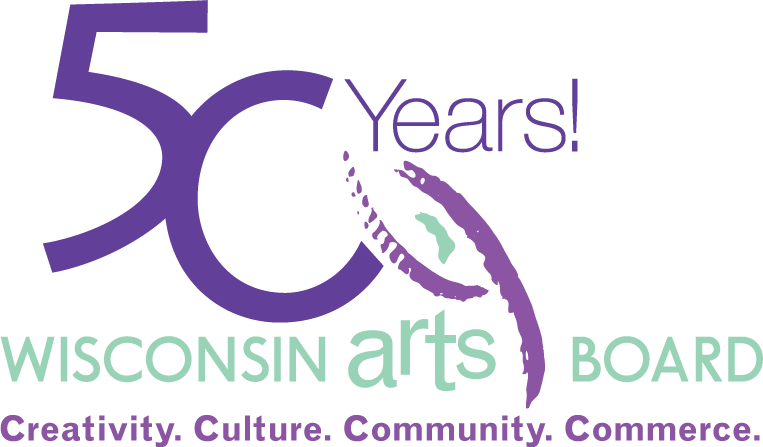Pre-Wisconsin Arts Board Years (1957-1970s): For information on public arts funding prior to the Wisconsin Arts Board’s formation, please check out this 1980 article from Fannie Taylor, “Arts Support Goes Public in Wisconsin.“
1970s
1973 – On August 2, 1973, Governor Patrick Lucey signed the budget bill approving the creation of a statutory arts council, the Wisconsin Arts Board. The legislature funded the agency. The National Endowment for the Arts (NEA) also fulfilled its promise to provide funding for the new agency, as it had for the newly formed state arts agencies around the country. The NEA’s investment in the Wisconsin Arts Board has been a critical part of public funding for the arts ever since.
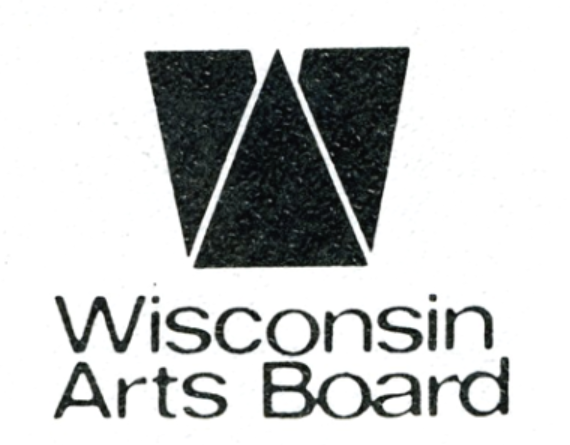
The Arts Board’s original 1973 logo. 
– The newly formed Board elected Gerald Bartell as the first Chairperson of the Wisconsin Arts Board. The Board then hired Jerrold Rouby as the first Executive Director.
1974 – The Board elected Ruth DeYoung Kohler as Chair.
1977 – Within four years, the Wisconsin Arts Board granted funds for projects in 71 of Wisconsin’s 72 counties.
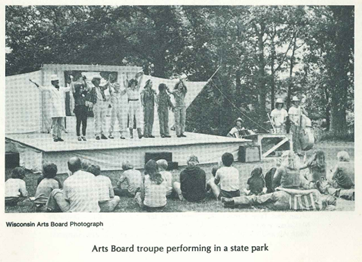
An image from a Wisconsin Arts Board brochure on “The Performing Artists 1977-1978.” – The Board elected Joel Skornicka as Chair.
1979 – The Board elected Richard Wagner as Chair.
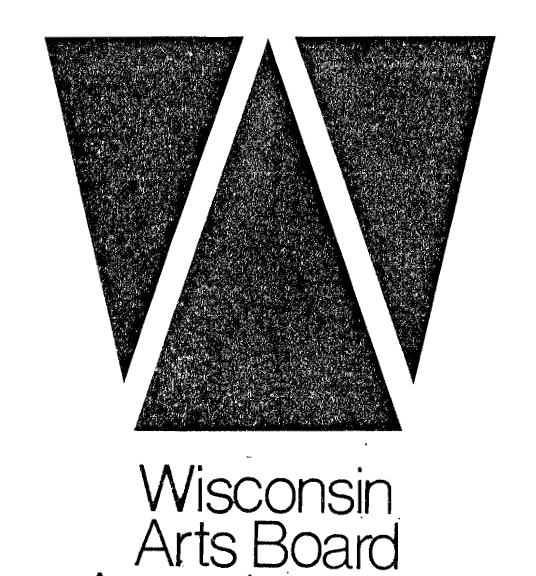
WAB’s logo from 1977-1980. 1980s

WAB’s logo from 1980 to 1992. 1980 – The state legislature established Wisconsin’s Percent for Art Program as part of the Arts Board’s work, for the purpose of placing artwork in public settings. Its purpose was to beautify state buildings and urban environments, and draw attention to the wealth of artistic expertise within our region, encouraging the employment of visual artists.
1981 – The Wisconsin Arts Board, with support from the National Endowment for the Arts, created its Folk Arts Program. Through this program, the agency studies, encourages, and assists artistic and cultural activities across the state. The program also helps communities to create and develop their own folk and traditional arts programs. Now called the Folk and Traditional Arts Program, this work encompasses the Folk Arts Apprenticeship Program, Creative Communities and Woodland Indian Arts grants.
– Marvin Weaver was hired as Executive Director.
– Wisconsin Presenters Network (WPN) formed with the help of the Wisconsin Art Board.
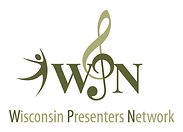
1982 – The Board elected Rev. J. Thomas Finucan as Chair.
1983 – The Board elected Malcolm McLean as Chair.
1984 – Patricia Kramer was hired as Executive Director. The Board elected Joseph Garton as Chair.
1985 – The Arts Board piloted the Folk Arts Apprenticeship Program. Initially, the program focused on serving the Native American communities of Wisconsin. The Woodland Ways manuscript documents some of the 75 master artists and 150 apprentices from Ho Chunk, Menominee, Ojibwa, Potawatomi, Oneida, and Stockbridge-Munsee nations who participated in the program. This iteration of the program ran from 1985-1997.
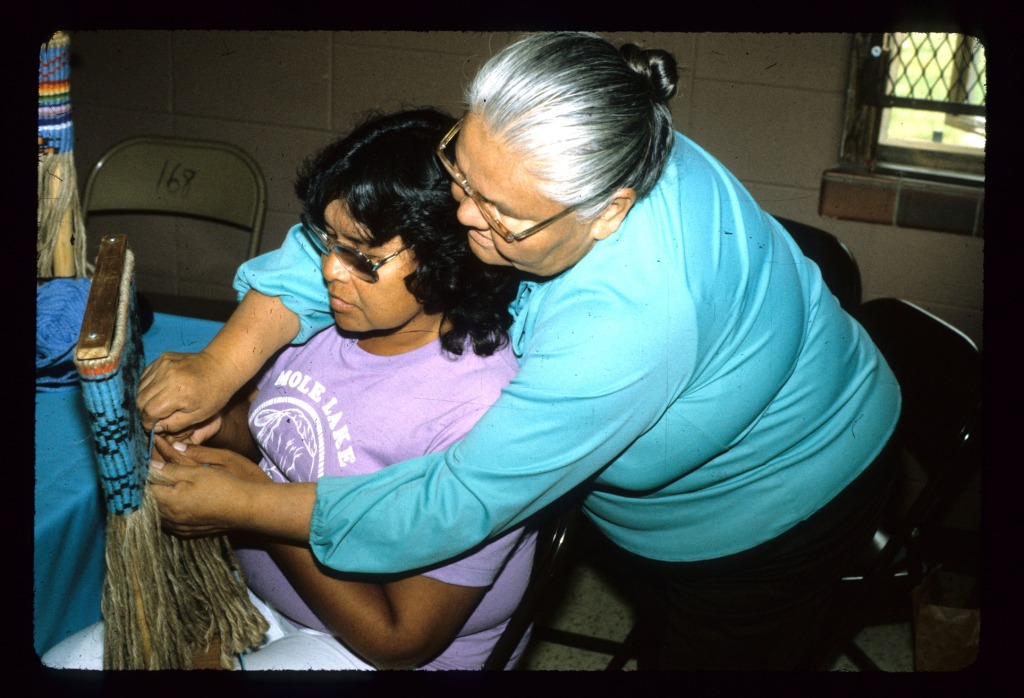
Josephine Daniels, Potawatomi yarn bag weaver, instructing an apprentice in Forest County, 1986. Photo by Rick March, WAB’s first Traditional and Ethnic Arts Coordinator. – Arley Curtz was hired as Executive Director.
1987 – The Governor and state legislature established the Arts Challenge Initiative (ACI) program, in order to incentivize the growth of Wisconsin’s arts organizations. The initial concept was simple–each year that an organization’s earned and contributed income grew, they received an ACI grant. A portion of the ACI program was statutorily set aside for “grants to minority arts organizations.”
– The Board elected Jeanne Brunette Tregoning as Chair.
– As an acknowledgement of the importance of cultural tourism, the Arts Board’s Executive Director and the State Historical Society’s Director were made permanent, ex-officio members of the new Governor’s Council on Tourism.
1989 – The state legislature established the Arts Incubator Program.
1990s
1990 – The Board elected Kathryn Murphy Burke as Chair.
1991 – The Arts Board developed an advisory committee, “Access to the Arts for Persons with Disabilities,” and hosted the annual meeting of the National Assembly of State Arts Agencies in Milwaukee.
– Dean Amhaus was hired as Executive Director.
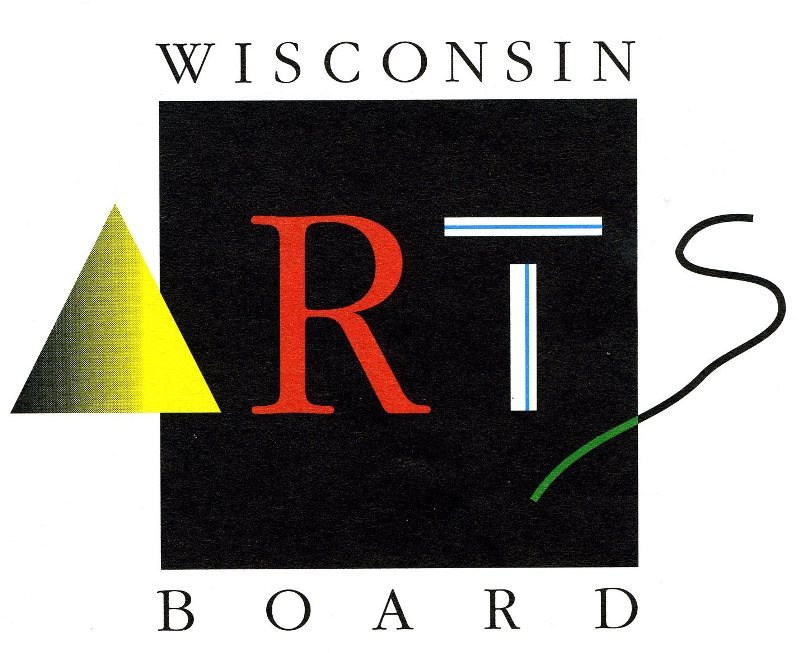
WAB’s logo from 1992-2003, designed by Charles Destinon. 1992 – The Arts Board passes a Resolution to decentralize its work with local arts agencies.
– The Arts Board convened local arts leaders from around the state. This gathering led to the formation of the Wisconsin Assembly of Local Arts Agencies (now Create Wisconsin), and plans for the creation of the Wisconsin Regranting Program.
– The Arts Board partnered with the Wisconsin Presenters Network (WPN) to create the Wisconsin Dance on Tour program. WPN commissioned the World Premiere of Endsong, a new work choreographed by Eliot Feld for Feld Ballets/NY. The commissioning was featured in the NEA’s Moving Around: Partnerships at Work in Dance on Tour.
– The Arts Board expanded from 12 members to 15 to provide the opportunity for greater geographic diversity.
1993 – The Arts Board became a founding member of the Cultural Coalition of Wisconsin. Other founding members included the State Historical Society of Wisconsin, University of Wisconsin Extension, Wisconsin Academy of Sciences, Arts, and Letters, and the Wisconsin Humanities Council.
1995 – The Governor and state legislature established the Wisconsin Regranting Program, which provided grants to local arts agencies and municipalities that were in turn matched with local dollars and granted out in support of local arts projects. Sub-recipients also had the match the local grants, which catalyzed funding for the arts on several levels.
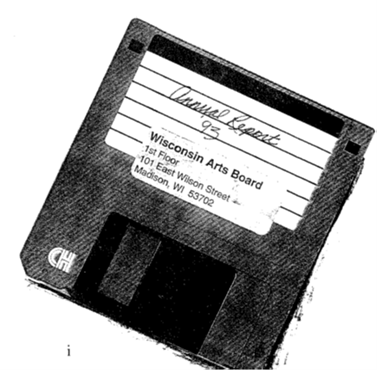
– The Arts Board partnered with WPN to create Wisconsin Theater on Tour. Its first and last statewide tour was Guys on Ice, created by American Folklore Theatre and performed by the Milwaukee Repertory Theater.
1996 – The Arts Board and its Cultural Coalition partners proposed programming for the celebration of Wisconsin’s Sesquicentennial to the Sesquicentennial Commission.
– George Tzougros was hired as Executive Director.
1998 – The Arts Board was centrally involved in Wisconsin’s celebration of its Sesquicentennial, co-producing the Wisconsin Program of the Smithsonian Folklife Festival and re-staging an expanded version of that program on the Capitol Square in Madison. To accomplish this work, the Arts Board grew to over 60 employees in 3 spaces, and over 300 volunteers.
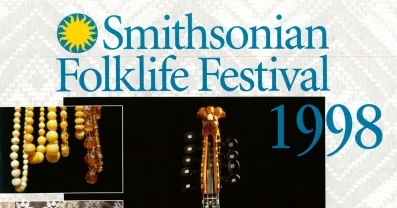
1999 – The Board elected Gloria Kirking as Chair.
2000s
2000 – The Arts Board invested in Americans for the Arts’ Arts and Economic Prosperity 2 study, published in 2001.
2001 – The Arts Board received funds from the newly negotiated gaming compacts. In consultation with Wisconsin’s Tribes and Bands, the Arts Board developed the Woodland Indian Arts Initiative, now the Woodland Indian Arts Program. The program provides a foundation of cultural and economic support for traditional and contemporary Native American arts in Wisconsin.
– The Joint Legislative Council’s Committee on Arts Funding met to discuss options for increased arts funding. The Council proposed and the Governor and legislature adopted the Wisconsin Artistic Endowment Foundation.
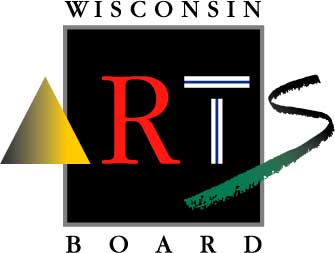
WAB’s logo from 2003-2008 logo, designed by Charles Destinon. 2002 – The Arts Board launched wisconsinfolks.org, transforming the slides, photos, videos, audio, and field reports from the 1998 Wisconsin Program of the Smithsonian Folklife Festival and its re-staging in Madison into curriculum materials for Wisconsin educators. Wisconsin Folks featured more than 70 traditional and ethnic dancers, musicians, cooks, craftspeople, and regional specialists, and highlighted the connections between their artistic practices and the cultural life of Wisconsin.
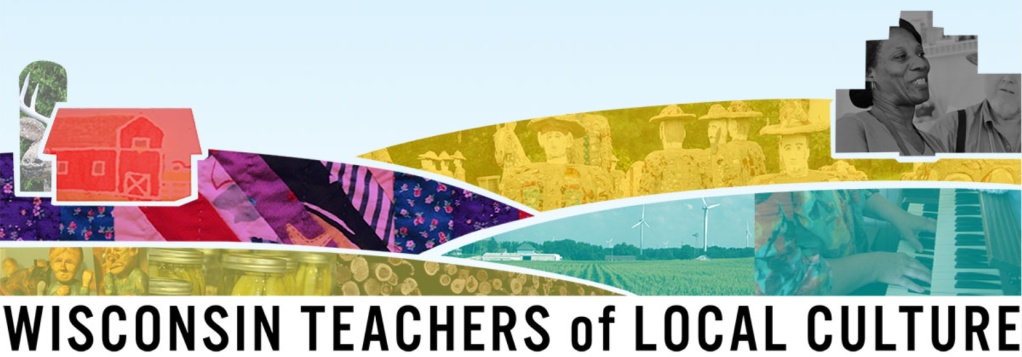
2003 – In partnership with the Center for the Study of Upper Midwestern Cultures (CSUMC), the Arts Board convened educators and folklorists at Folklore Village in Dodgeville. The result was Wisconsin Teachers of Local Culture (WTLC), a network of educators who could inspire and support each other by offering professional development opportunities focused on local culture and curricula.
– The Board elected Barbara Lawton as Chair.
2004 – The Wisconsin Arts Board transitioned from paper to online grant applications.
2005 – The Arts Board invested in Americans for the Arts’ Arts and Economic Prosperity 3 study, published in 2007.
– The Arts Board convened film industry professionals to discuss the need for a film office and the encouragement of film incentives. This convening led to the Arts Board’s work to co-create Film Wisconsin, a 501(c)(6) industry supported nonprofit film office.
2006 – The film incentives legislation, championed by Senators Ted Kanavas and Richard Grobschmidt, was signed into law by Governor Doyle.
– The Arts Board and its Wisconsin Teachers of Local Culture partners produced the first “Here at Home: A Wisconsin Cultural Tour for K-12 Teachers,” an intensive interdisciplinary bus tour of the state. From 2004-2019, WTLC offered region-specific cultural tours around the state, interspersed with field schools and conferences or gatherings.
2008 – The Arts Board introduced its current iteration of the Folk and Traditional Arts Apprenticeship Program, inspired by the successes of its original apprenticeship program (1985-1997). The program is designed to strengthen and encourage the continuity of Wisconsin’s diverse cultural traditions by supporting distinguished traditional artists in passing their skills and knowledge on to committed and talented apprentices from their community.
– The Arts Board partnered with the Department of Public Instruction and the Office of the Lieutenant Governor to create the Wisconsin Arts and Creativity in Education Taskforce. The Taskforce released its report, “The Creative Wisconsin Guide for Local Community Action Planning: A Toolkit for Communities Seeking to Advance the Arts and Creativity in Education“, in 2009.
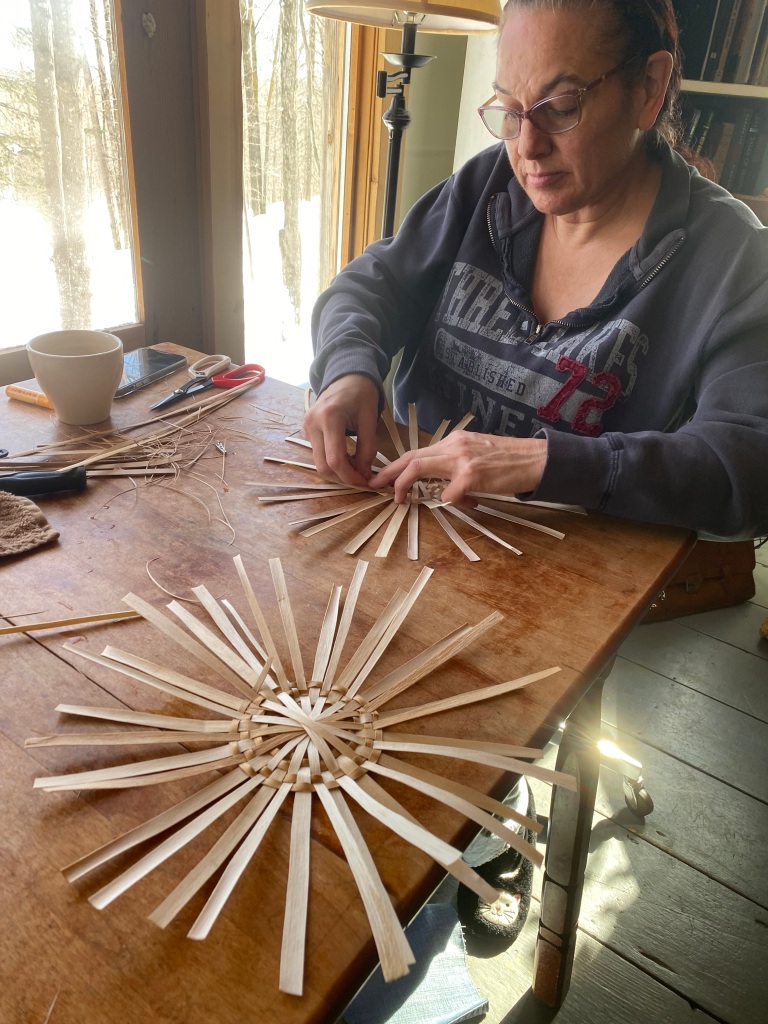
Apprentice Rae Skenandore of Green Bay works on weaving round bottom baskets with Black Ash basketmaker and FY23 Mentor Artist April Stone of Odanah. 2010s
2010 – The Arts Board invested in Americans for the Arts’ Arts and Economic Prosperity 4 study, published in 2012.
– The Arts Board became a founding member of the National Creativity Network.
– The Arts Board co-produced “Altering the Face and Heart of America: the Gard Symposium.”

WAB’s current logo, designed by Arketype Inc. in 2008. – The Arts Board developed the “Phantom Art Galleries – Wisconsin” Pilot Program, to encourage artists, arts professionals, and arts organizations to partner with downtown development entities (and vice versa) in order to revitalize their downtowns. In early 2011, grant recipients received funding and technical assistance to turn vacant downtown storefronts into temporary art galleries.
2011 – The Arts Board, having taken a 70% cut to its programs, staff, and funding, moved into the Department of Tourism, whose staff welcomed Arts Board staff with open arms. The Arts Board retained its independent board structure. Many significant grant programs and partnerships were put on hold until funding could be returned to previous levels.
– The Arts Board co-founded the Wisconsin Science Festival.
2012 – The Board elected Bruce Bernberg as Chair.
2015 – The Wisconsin Arts Board worked with the National Endowment for the Arts to celebrate its 50th anniversary. The resulting video highlighted the arts and culture of Wisconsin.
The NEA’s United States of the Arts: Wisconsin – The Board elected Kevin Miller as Chair.
– The Arts Board invested in Americans for the Arts’ Arts and Economic Prosperity 5 study, published 2017.
2016 – With the Robert E. Gard Wisconsin Idea Foundation, co-hosted a symposium honoring the 50th Anniversary of “Arts in the Small Community” at Wingspread in Racine.
2018 – The Arts Board partnered with the Department of Public Instruction and Arts Wisconsin to reinvigorate the Wisconsin Partners for Arts Education, a group of statewide arts education service organizations formed to ensure that Wisconsin students receive a whole education that invests in their imagination and creativity.
2020s
2020 – On March 17, the Arts Board staff transitioned to remote work in response to the global COVID-19 pandemic. Staff immediately initiated virtual listening and resource sessions in partnership with Arts Wisconsin. The Arts Board funneled federal emergency funding for the arts from the NEA’s Coronavirus Aid, Relief, and Economic Security (CARES) Act grant program to Wisconsin’s arts organizations, as well as some funding from Arts Midwest’s NEA CARES allocation.
2021 – The Arts Board, with direct support from the NEA through the American Rescue Plan Act (ARPA) and some of Arts Midwest’s NEA ARPA funding, distributed grants through its Wisconsin Arts Rescue Program (WARP). These grants helped secure jobs and keep the doors open to Wisconsin’s arts organizations.
– The Arts Board, with funding through the State of Wisconsin from Wisconsin Tribal Gaming Compact monies, distributed emergency relief grants to Native American artists experiencing economic distress as a result of the COVID-19 pandemic.
2022 – The Arts Board received a Leveraging State Investments in Creative Aging grant from the National Assembly of State Arts Agencies, funded by Aroha Philanthropies. With these funds, the Arts Board partnered with TimeSlips to create the Wisconsin Tele-Stories Project. The Aging and Disability Resource Centers (ADRC) of Central Wisconsin and Brown County engaged four artists to work with older adults in their regions.
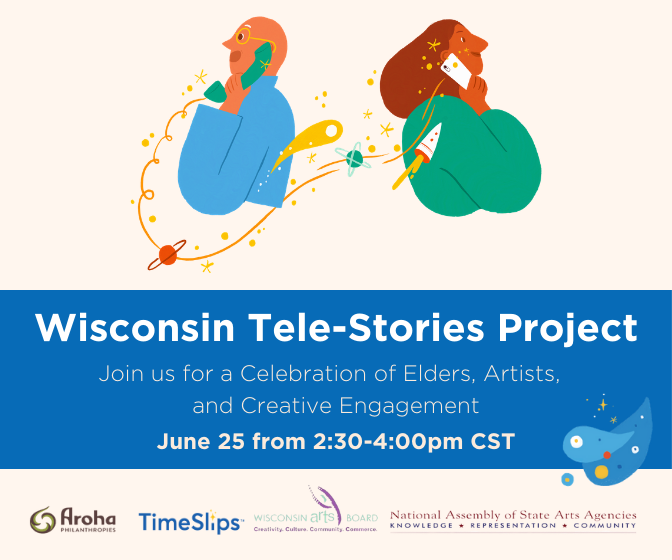
– The Board elected Brian Kelsey as Chair.
2023 – The Wisconsin Arts Board celebrates its 50th Anniversary!
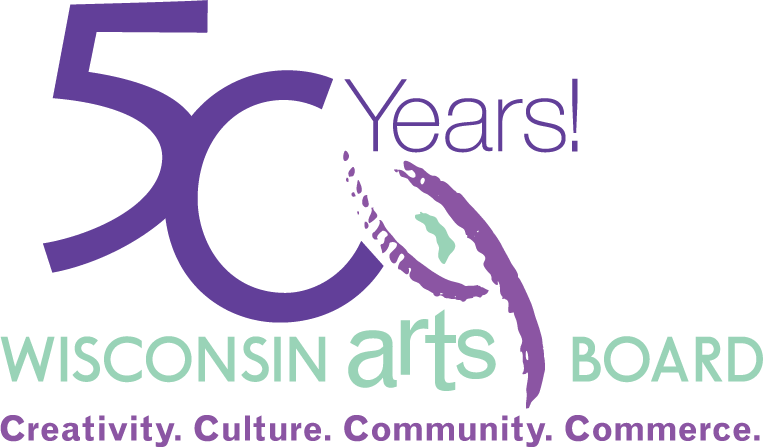
WAB’s 50th Anniversary Mark, created by Paul Meinke.
This timeline is a work in progress. If you’d like to share a WAB milestone that is not yet included, please contact us at artsboard.wisconsin.gov.
